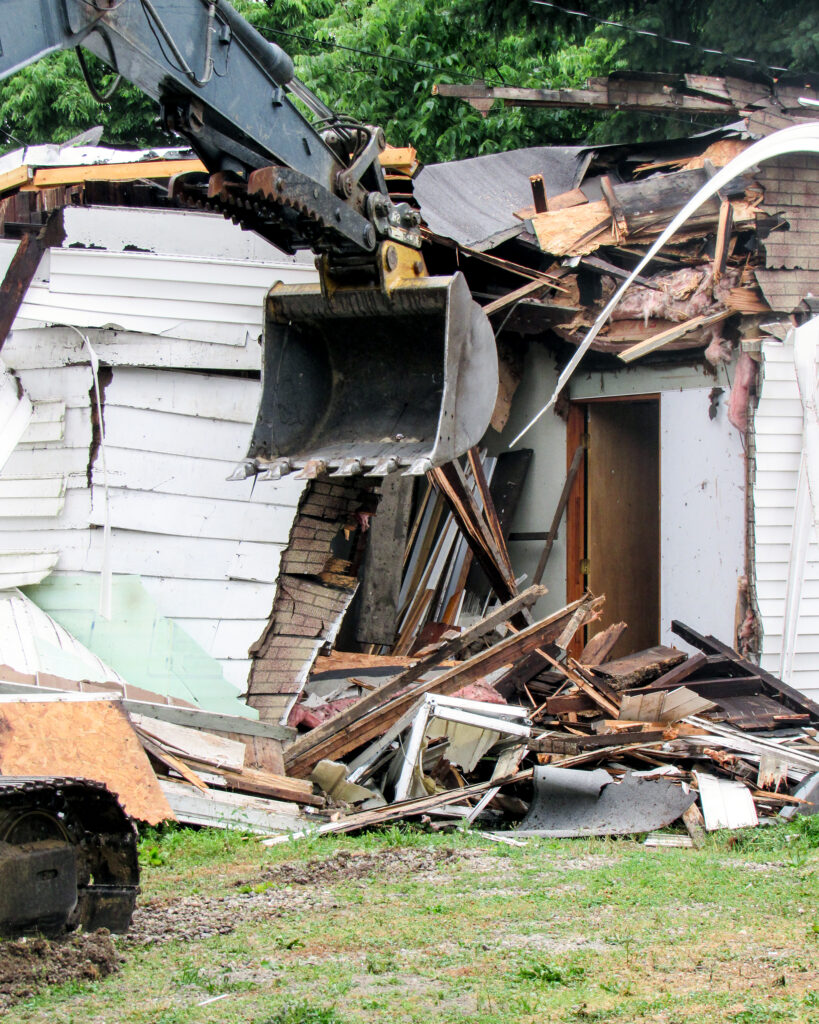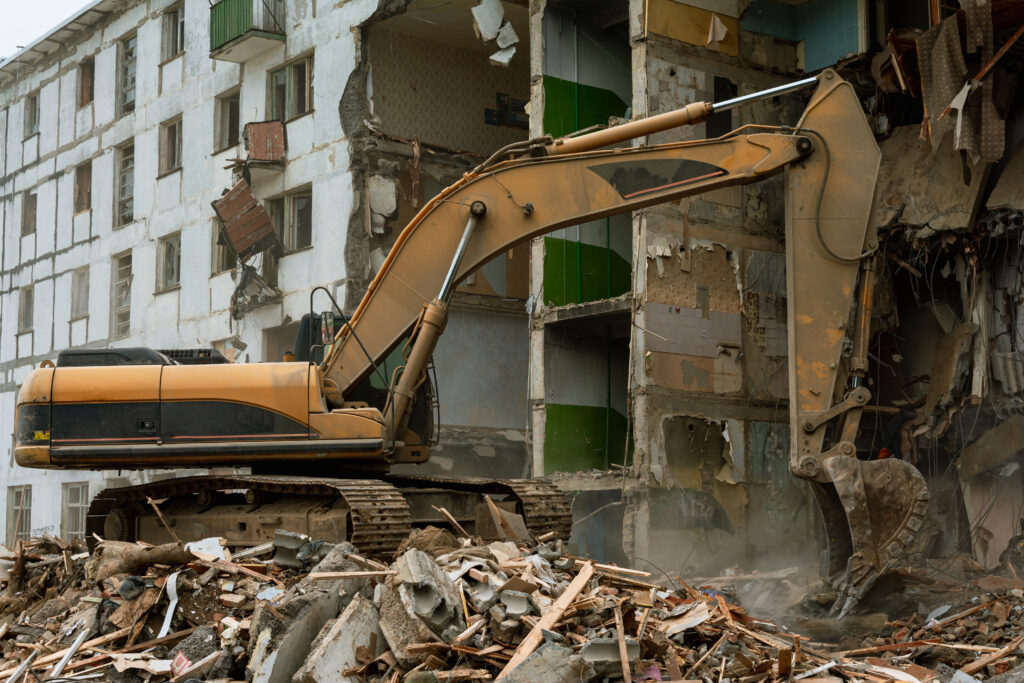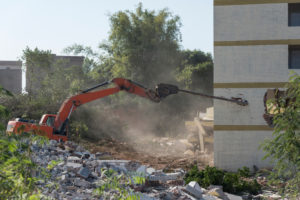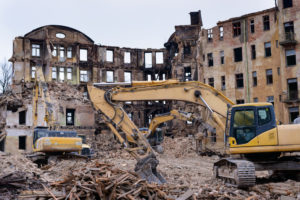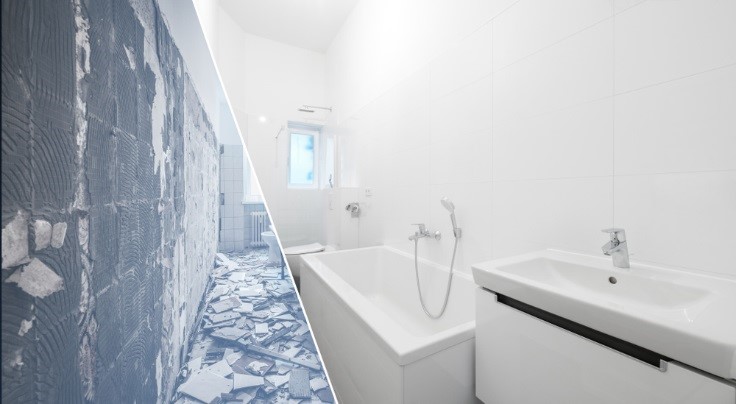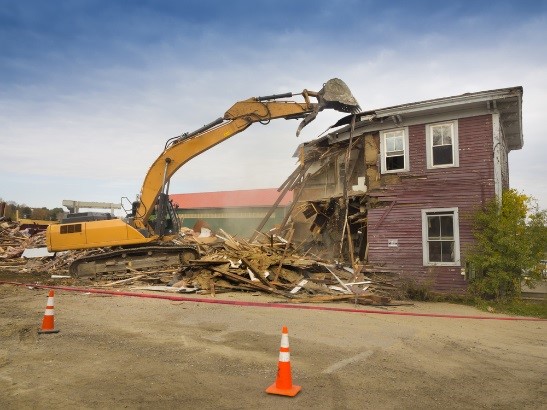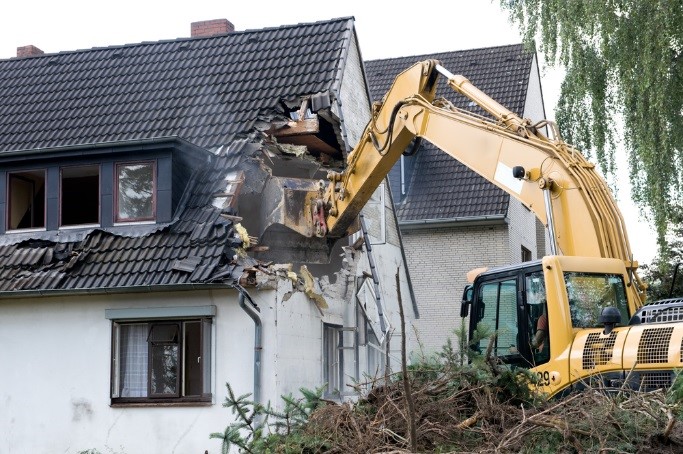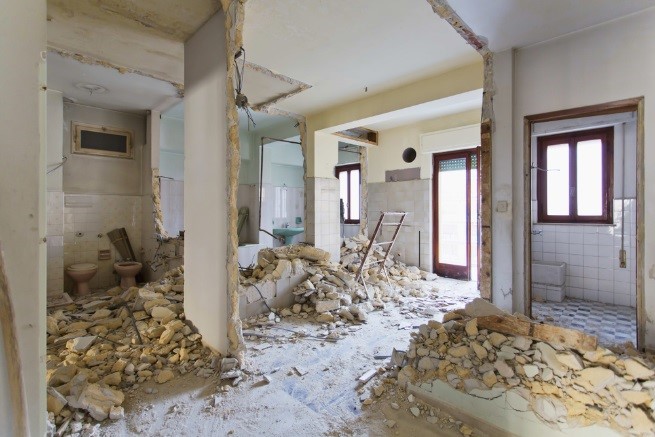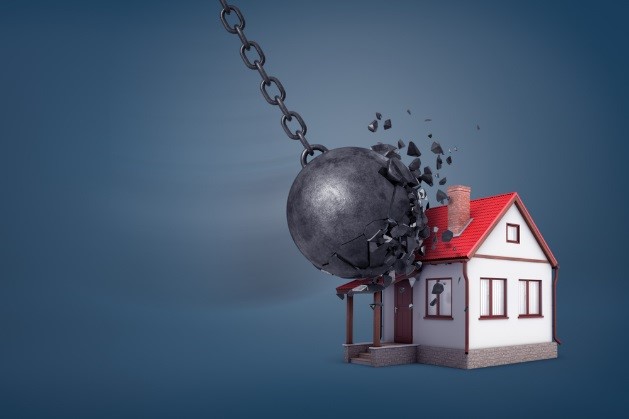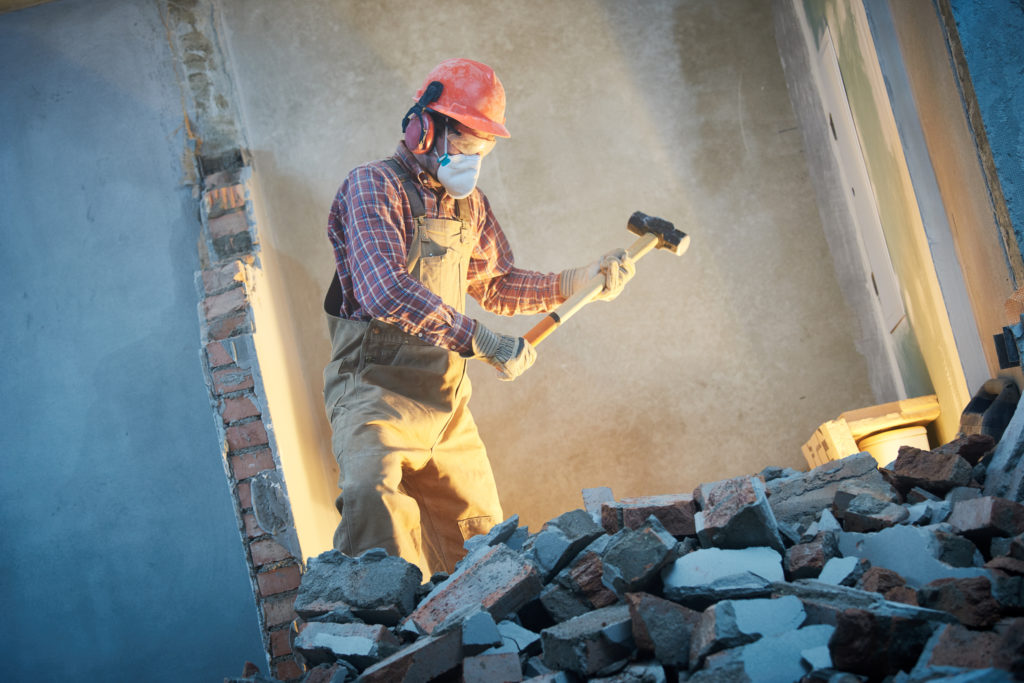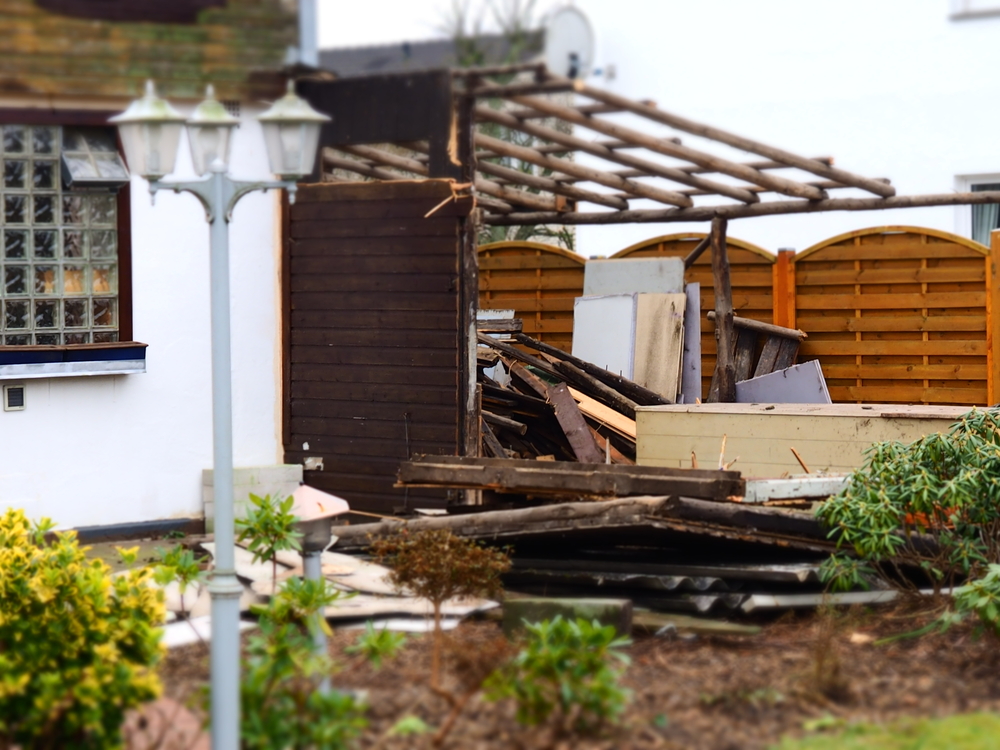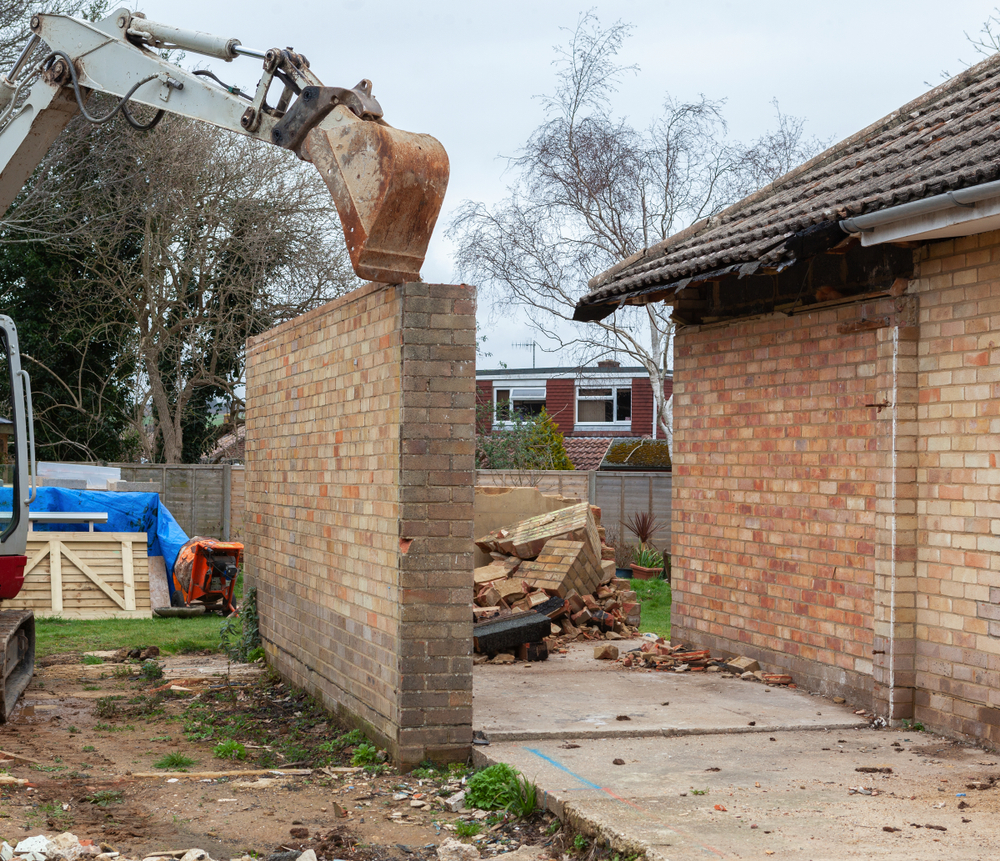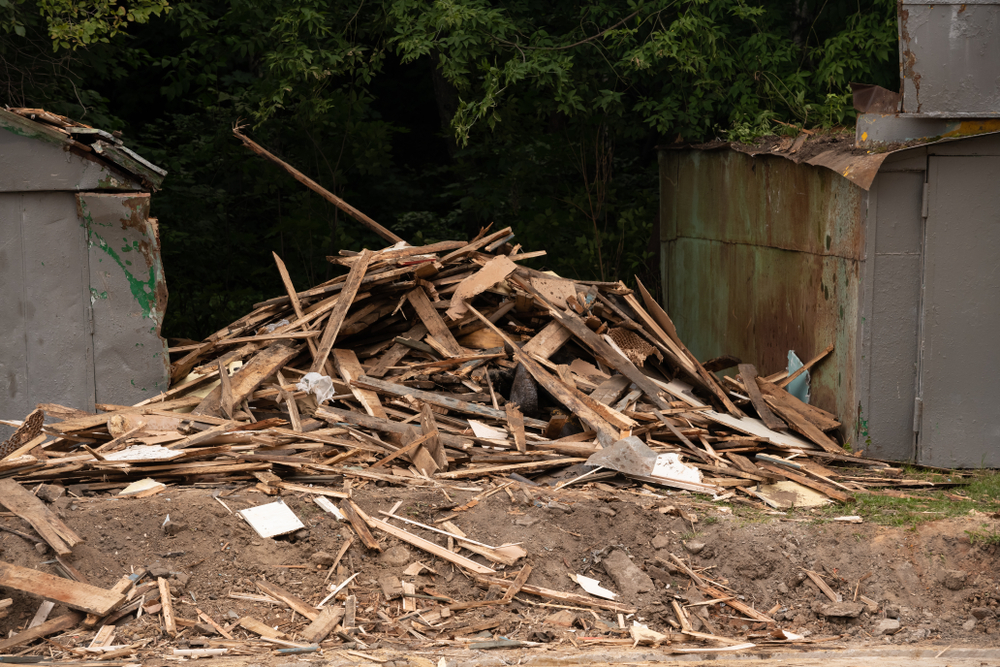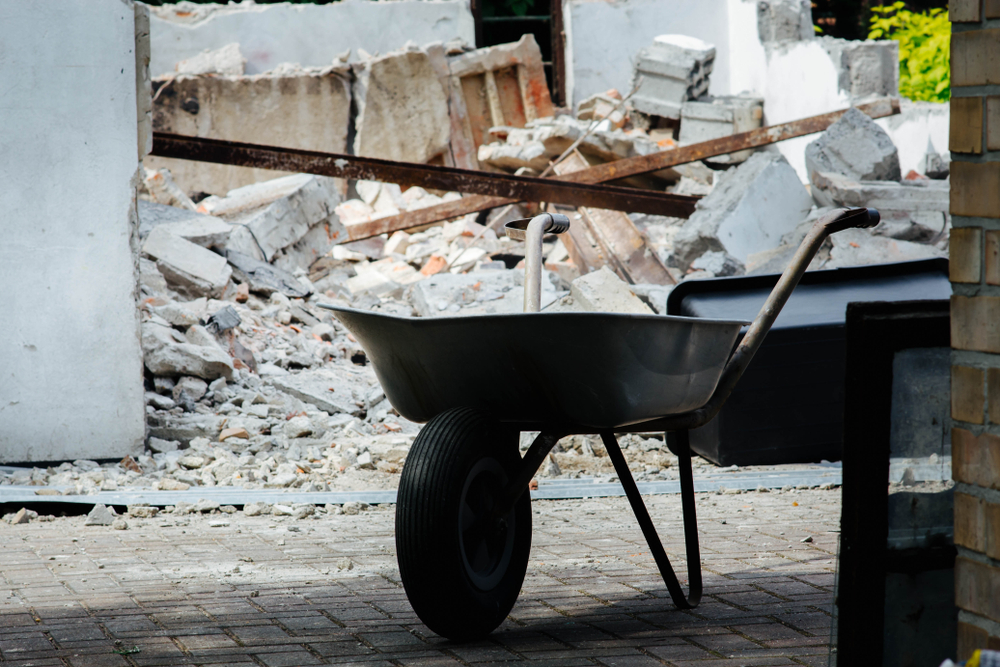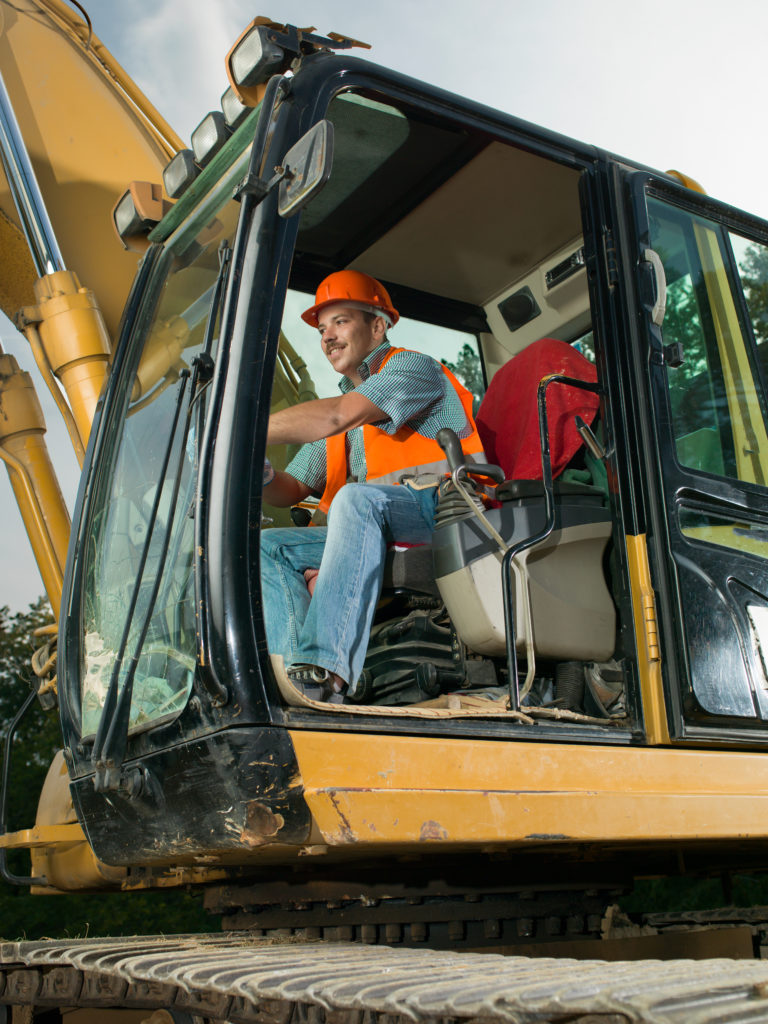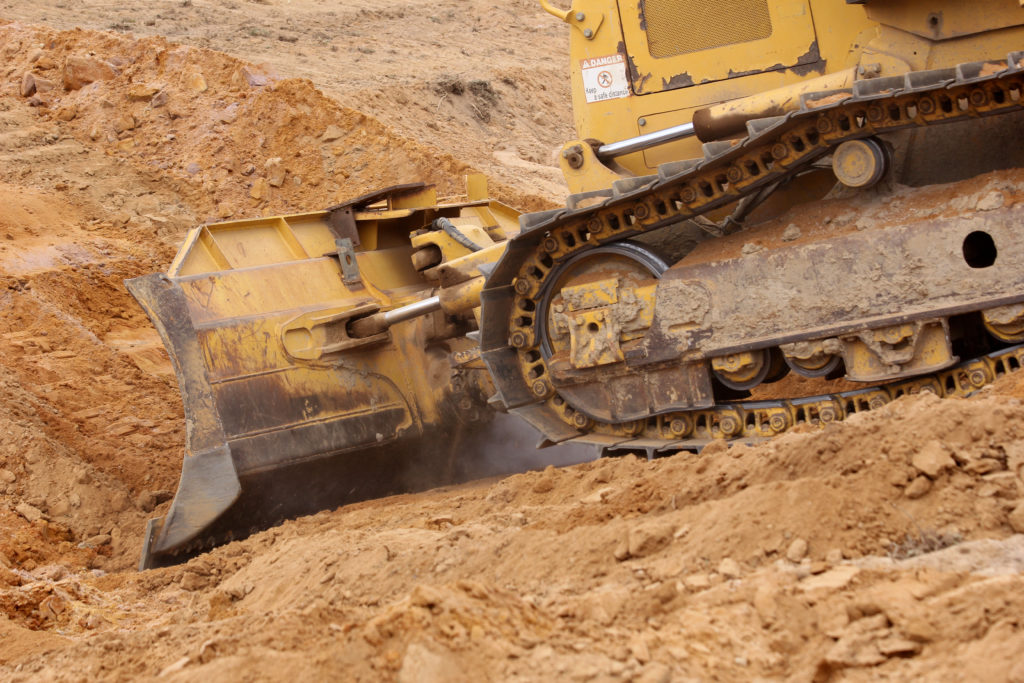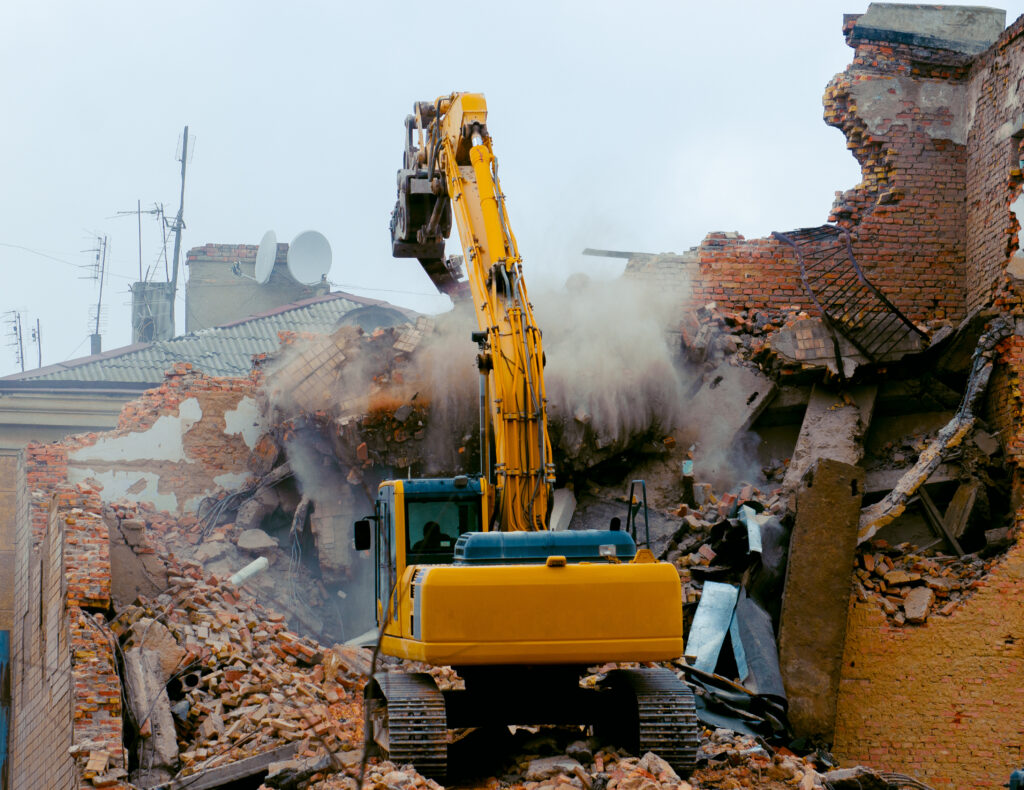
Exterior demolition is the science and engineering of safely and efficiently removing man-made structures, components and exterior surfaces in portions or in its entirety. More often than not, homes or properties have exterior items that are no longer usable or have become damaged and unsightly, which have led to the need of an exterior demolition service. Read along as we discuss the reasons why you might have an exterior demolition in more detail.
Improve Your Properties Appearance
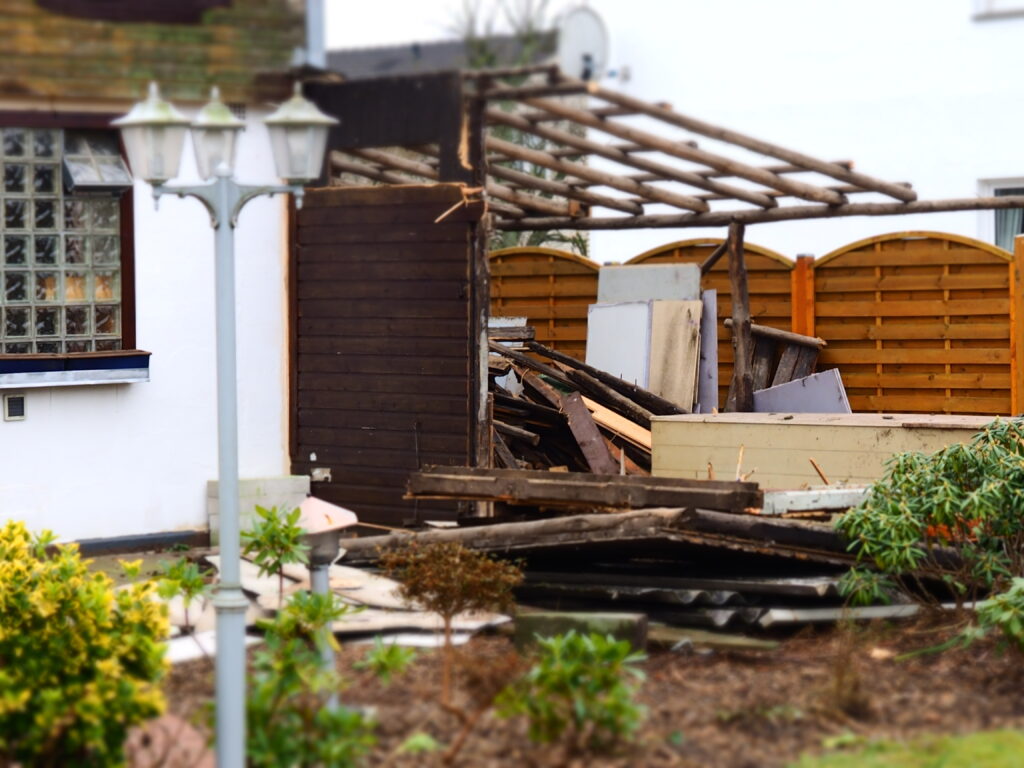
Home improvements made to the exterior of a home or business often lead to the need for demolition services. For example, if your driveway needs a complete makeover. A driveway demolition is needed to remove the old/cracked concrete. This involves breaking up the concrete, hauling the debris and disposing of it properly. Such projects as this one, call for the help of professional demolition companies that have the tools and knowledge in handling structures and exterior surfaces with precision.
Removal of Items or Structures
External storage and detached structures (garage, shed, etc.) that are not being used and are simply taking up space are great candidates for an exterior demolition. The removal of items or structures may be done by hand or mechanically using heavy equipment. Here at Morgan Services Group, we take pride in our qualified experience to properly dismantle, strip, tear down and remove unwanted structural or non-structural components, while carefully preserving the remaining structure.
Collapsing Structures
Natural disasters, a foundation failure, and faulty construction are some of the factors that can lead to a structure collapse. A collapsing structure is a danger to surrounding structures and require exterior demolition services to have it safely removed. Such a project requires fluency in building codes, an understanding of OSHA rules, and an ability to identify hazardous materials and conditions to ensure safety of the demolition and the integrity of the structure.
As a leading demolition company in New York, we can assure you that our experienced and highly skilled team is more than capable of taking on all sorts of demolition projects. Trust in our professionals to help dismantle and demolish exterior items and structures with ease. To learn more about our services, visit us online.
